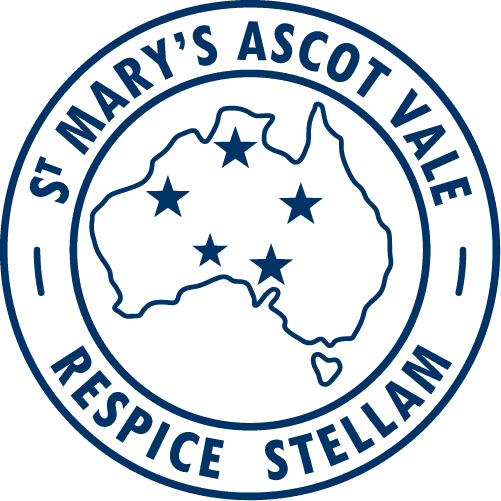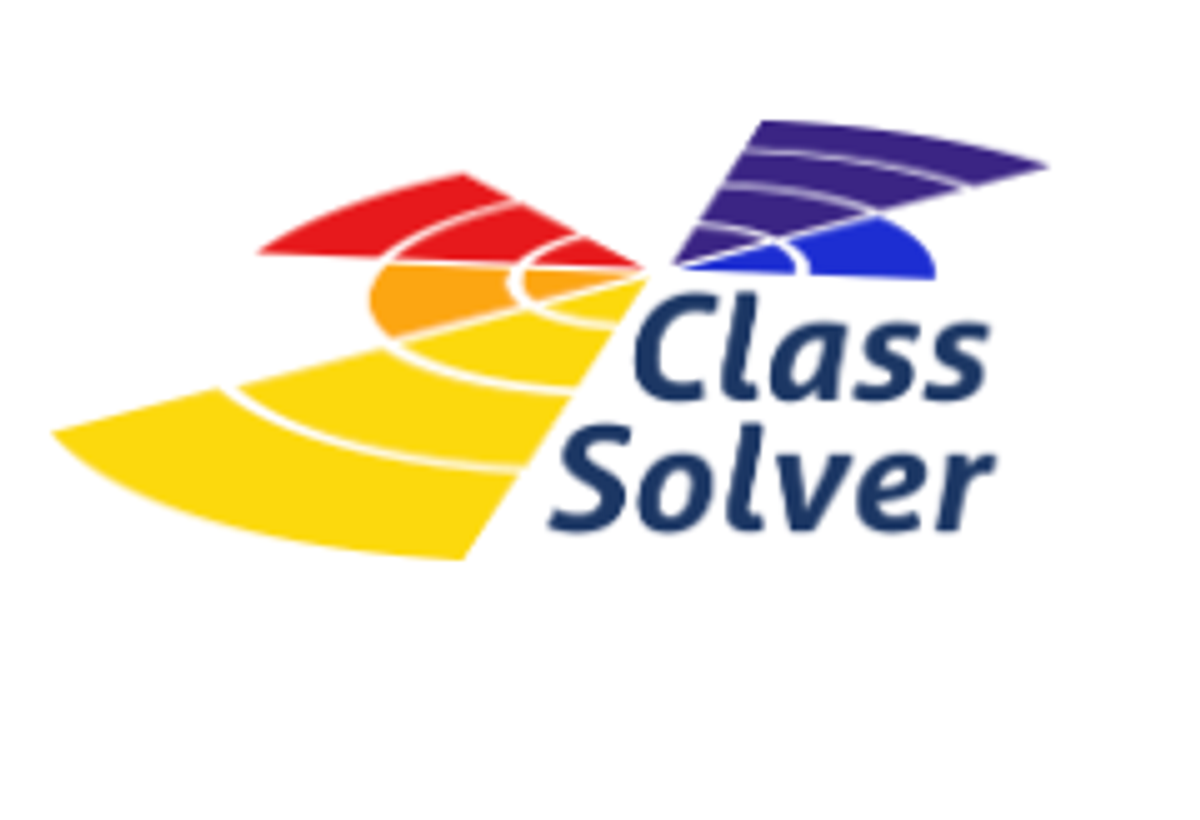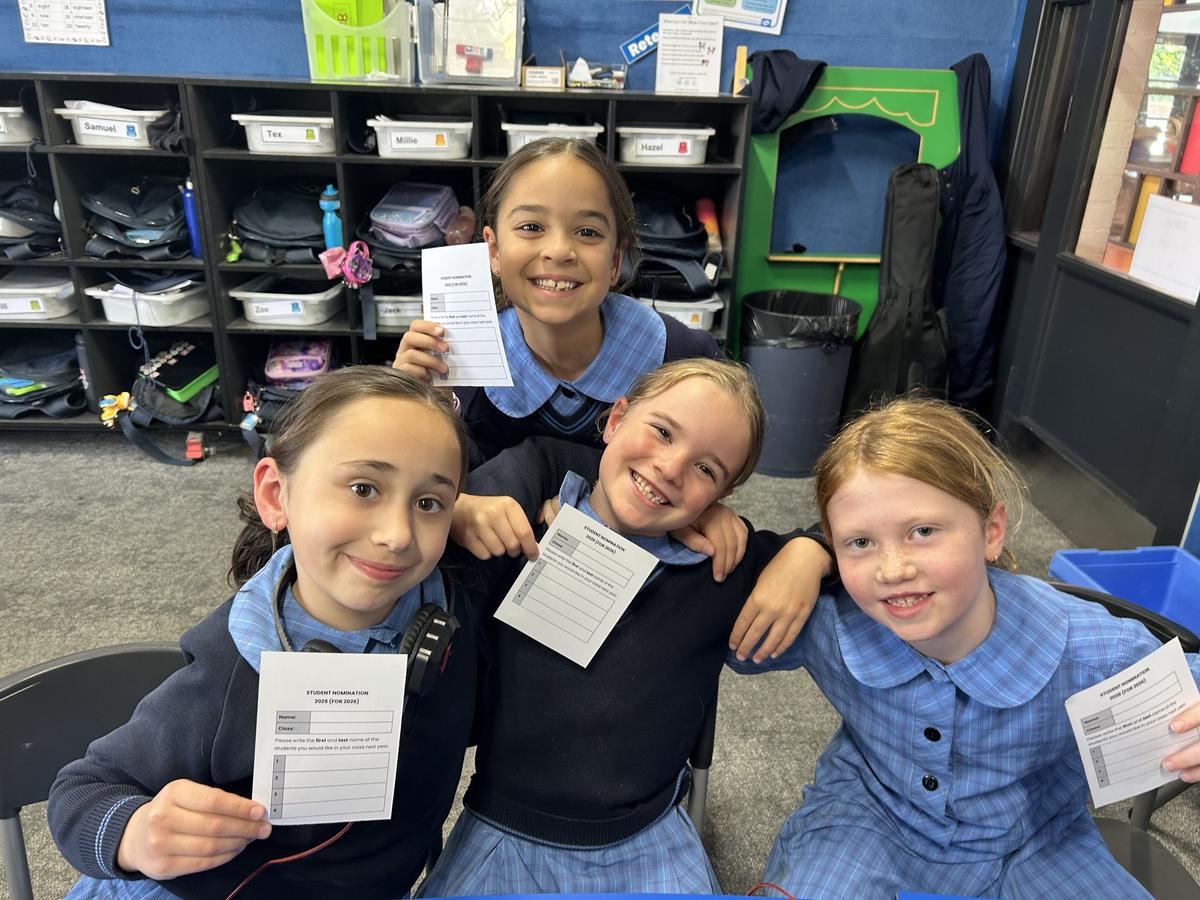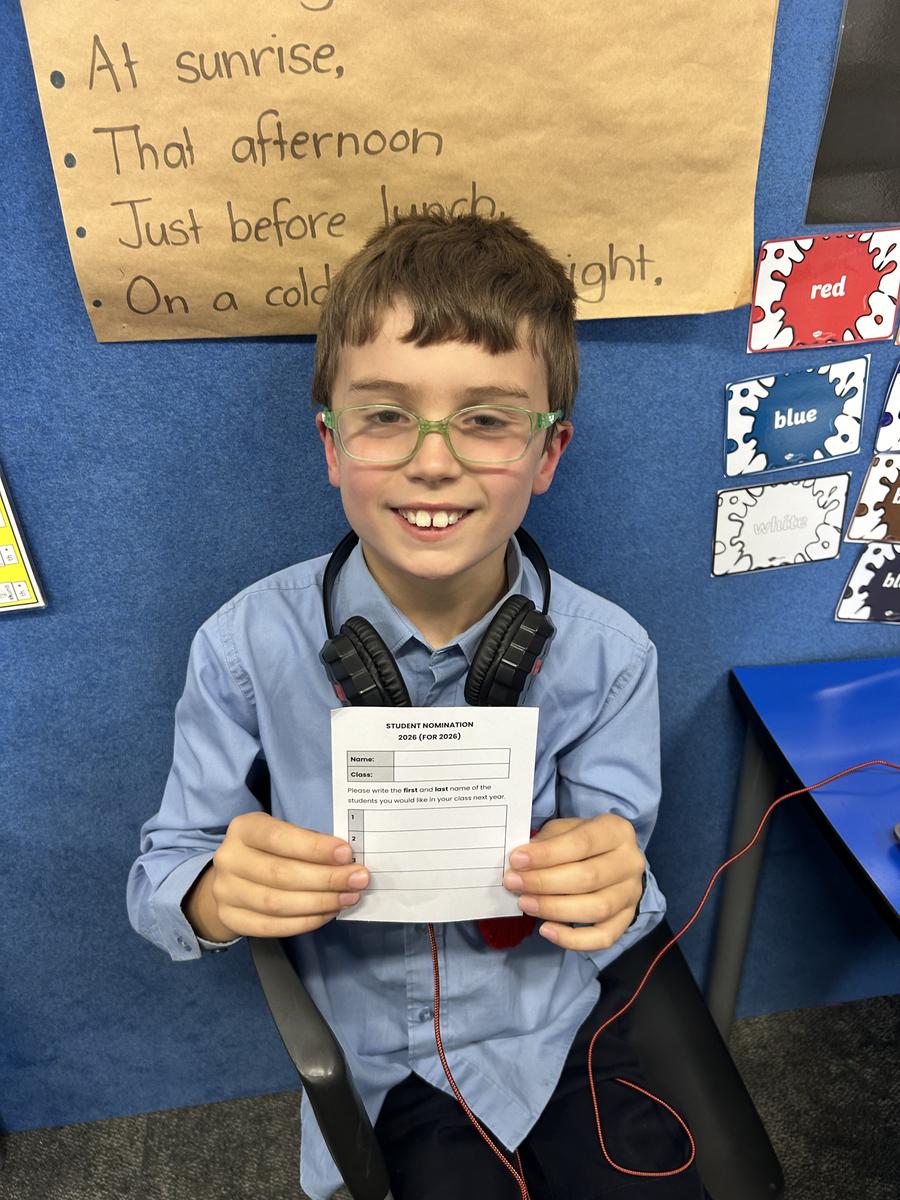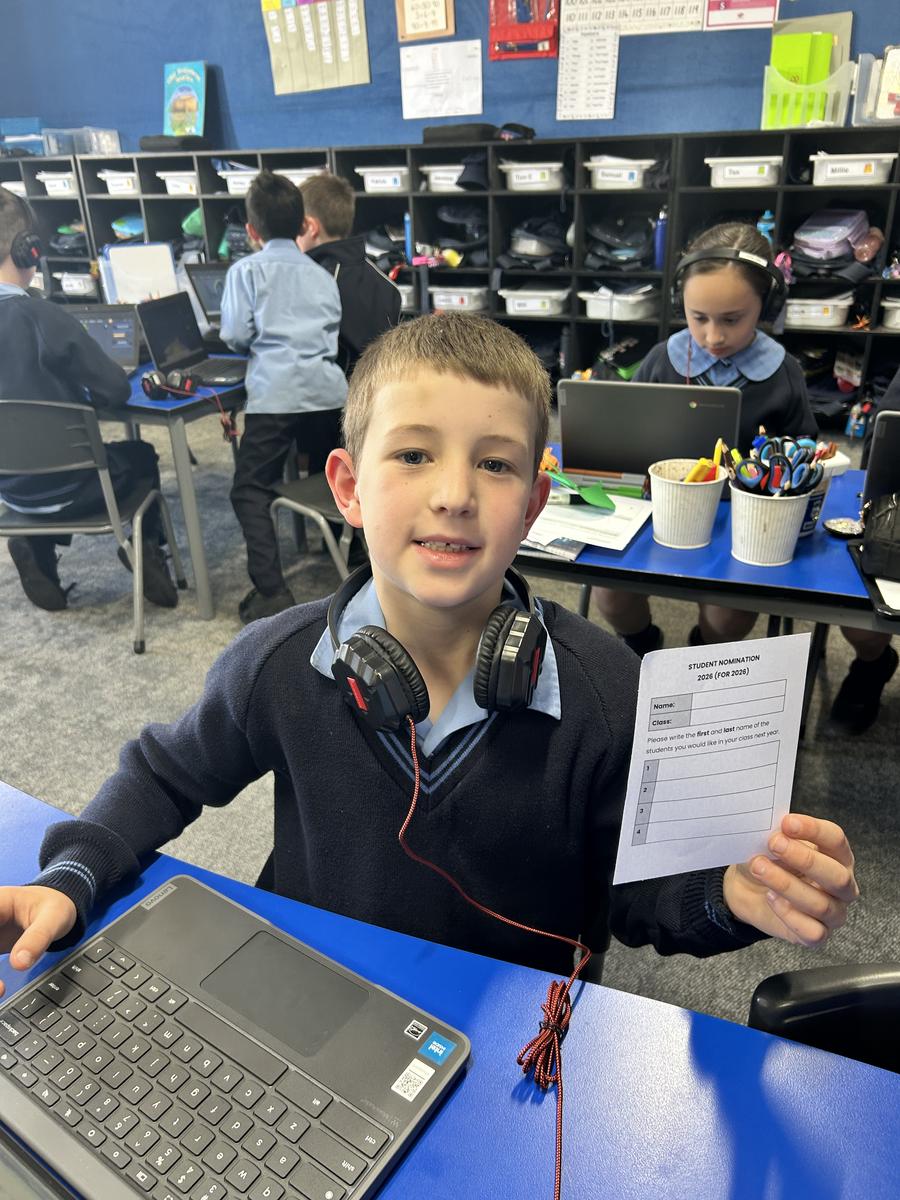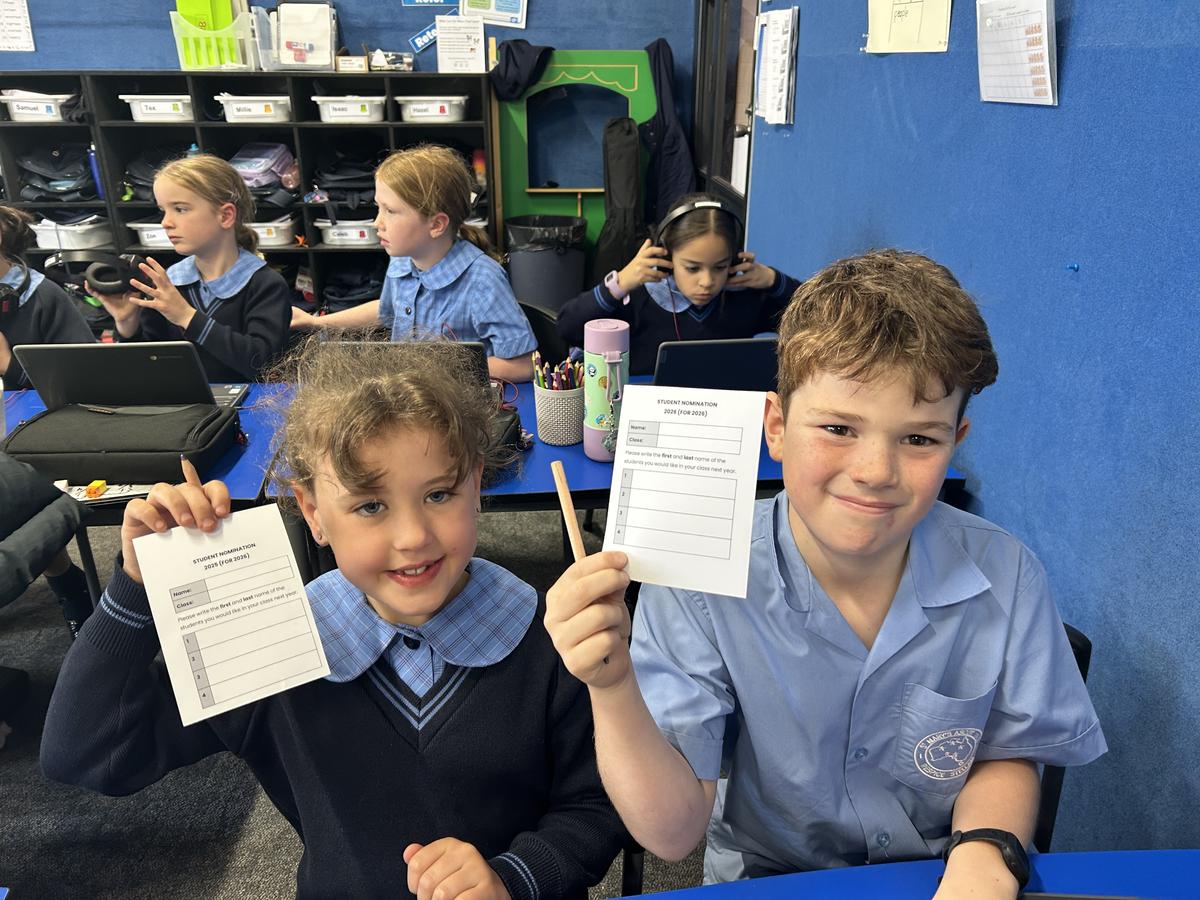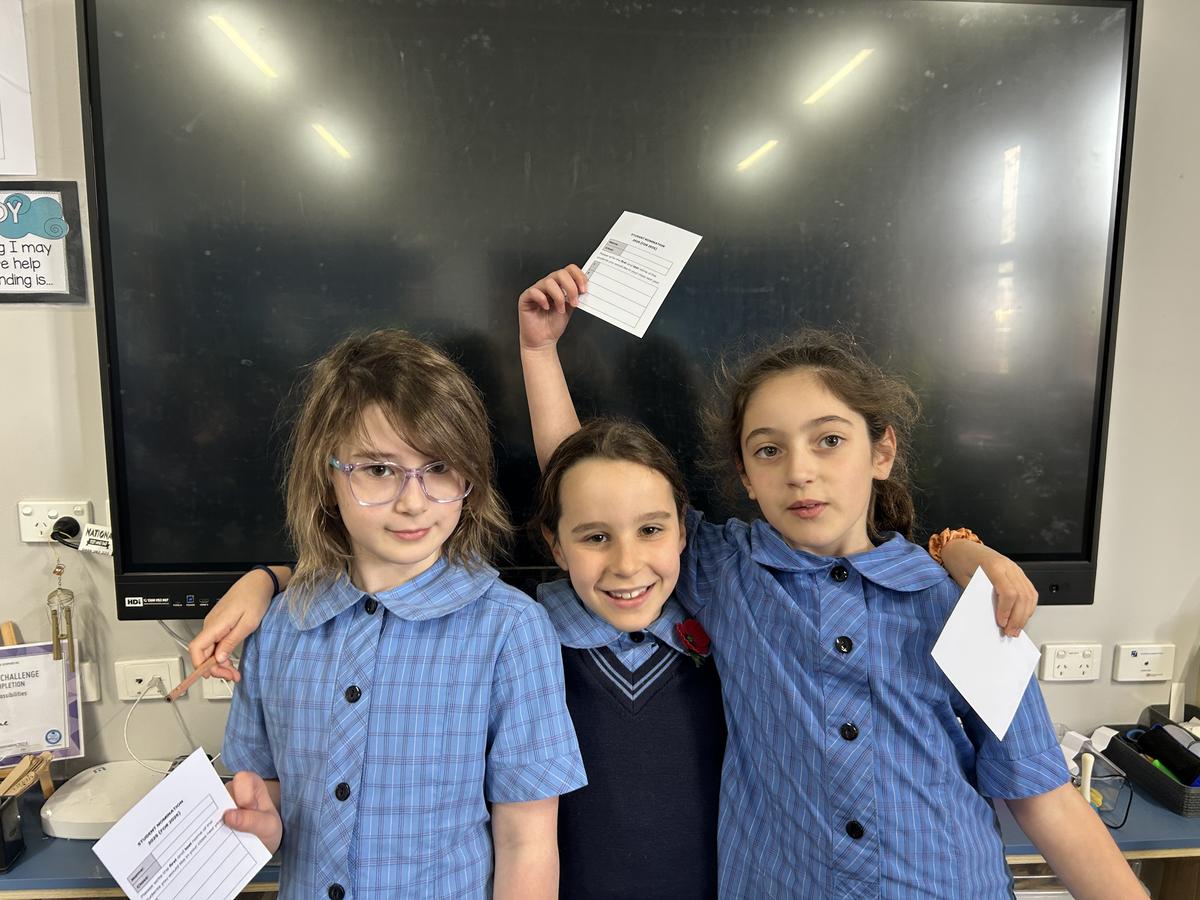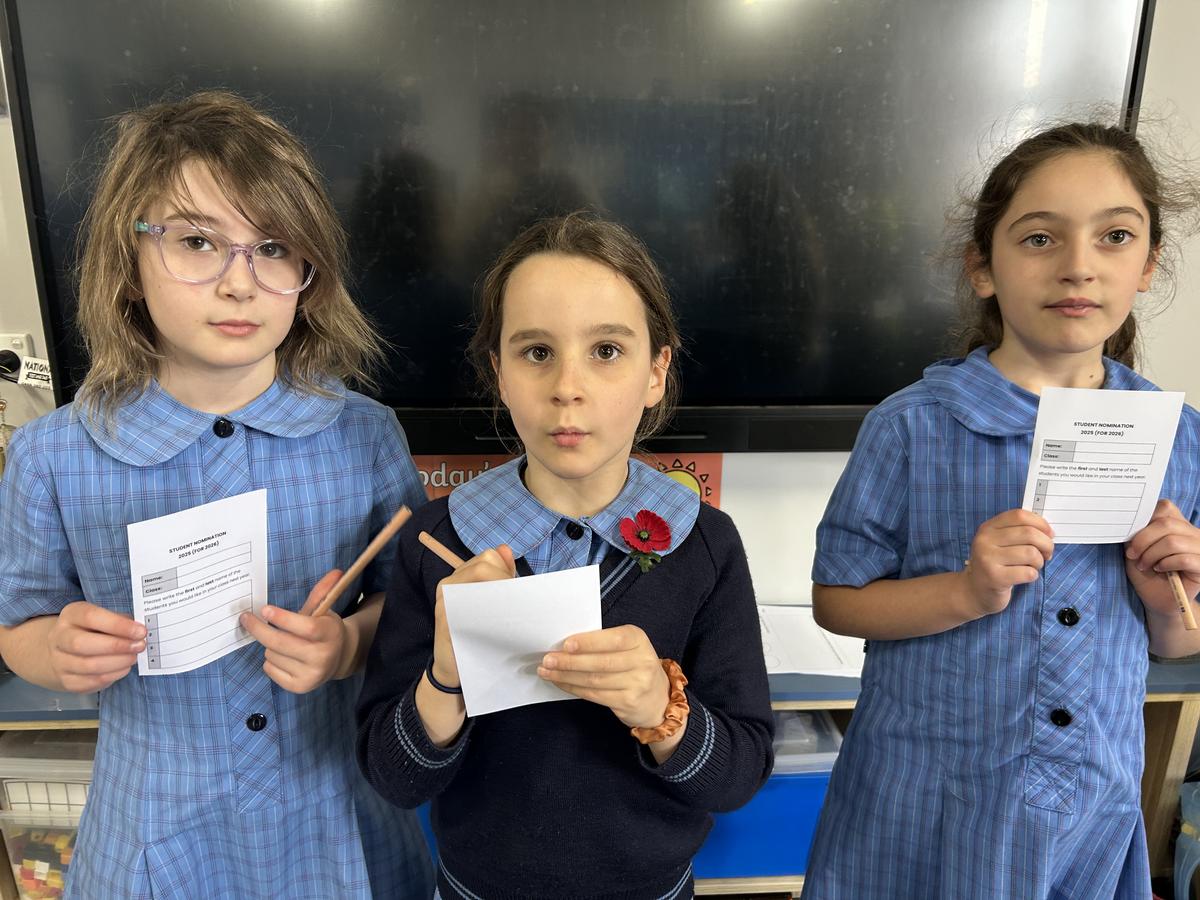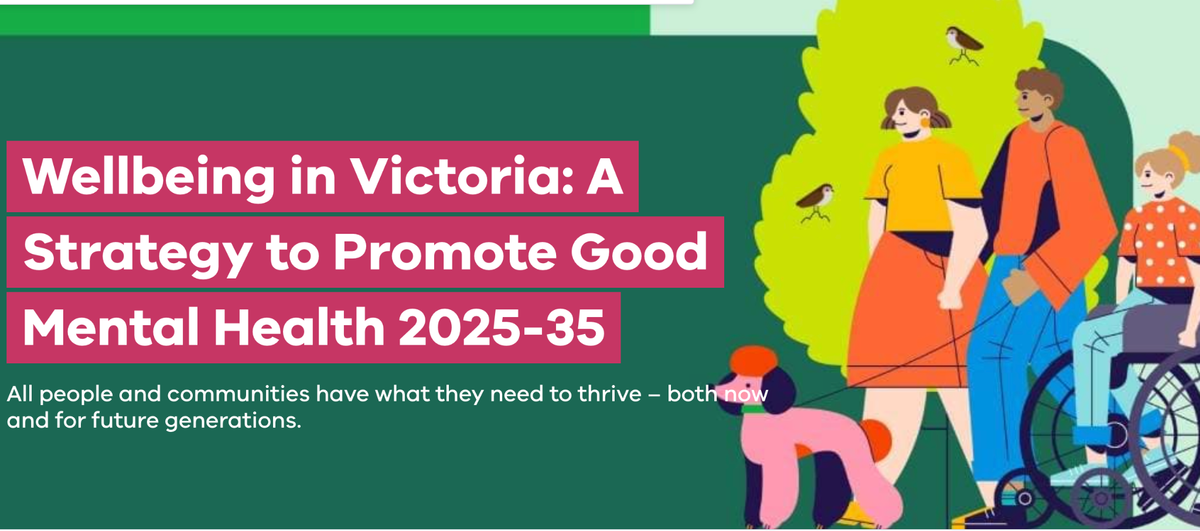Wellbeing & Inclusion

Learning, Friendships & Class Planning for 2026
Over the past week, students have been completing end of year assessments and reflecting on what makes a great learner and a great friend. These reflections have led to thoughtful conversations with teachers about:
- What helps them learn best
- What makes a great friend
- Who supports their learning and wellbeing
As part of this process, students have nominated a few friends who help them feel safe, confident, and ready to learn. These insights will help guide classroom allocations for 2026.
To support these conversations, teachers have been using our Positive Education Curriculum, which helps students build self-awareness, empathy, and respectful relationships. It’s a great way to help children think about the learning environment and friendships that help them thrive.
With only two classes per year level, creating balanced and supportive groupings takes careful planning. We use a program called Class Solver, which considers many factors like gender, academic needs, and social-emotional wellbeing. The software ensures that each child is placed with one of their nominated friends, but it doesn’t rank or prioritise the list.
We know that class changes can bring up a mix of emotions. We encourage families to talk with their children about:
- Building resilience
- Making new friendships
- Learning from different peers and teachers
These experiences help children grow in confidence, flexibility, and empathy—skills that are just as important as academic learning.
Helpful Resources
If you’d like to explore ways to support your child through upcoming classroom changes, here are some great resources to guide conversations and build resilience together:
- School Transition Advice - Offers expert guidance on preparing children emotionally for school changes, including routines, friendships, and managing worries.
- Queensland Early Childhood – Supporting Positive Transitions Focuses on helping children feel a sense of belonging and confidence during school transitions, with tips for parents and educators.
- Academy Victoria – 6 Ways to Support Children in a New Class Offers practical strategies for parents to help children settle into new classes and build resilience when friendships shift.
- Belongside Families – Transition Stories and Strategies Shares real-life stories and tips from families navigating school transitions, with a focus on emotional wellbeing and peer relationships.
Supporting Children’s Wellbeing at School and Home
The Victorian Government has just launched a new Wellbeing Strategy (2025–2035) to help all people and communities thrive. The strategy reminds us that wellbeing is more than just “feeling happy”.
It’s about having the right conditions to feel safe, connected, respected, and able to bounce back from life’s ups and downs.
For children, this means:
- Basic needs first – enough sleep, healthy food, and feeling safe.
- Connection – strong friendships, family bonds, and belonging at school.
- Respect and inclusion – knowing they are valued for who they are.
- Resilience skills – learning how to manage big feelings and challenges.
- Meaning and purpose – opportunities to learn, play, and contribute.
Research shows that when children experience high levels of wellbeing, they:
- Learn more effectively and creatively
- Build stronger friendships and relationships
- Stay healthier in body and mind
At St Mary’s, we are proud to align with this vision by:
- Embedding wellbeing into our daily routines and learning
- Encouraging respectful and inclusive play
- Supporting children to make positive choices in friendships
- Creating safe spaces for calm and regulation
Family Tip: Try a “wellbeing check‑in” at home. Ask your child:
- What made you feel connected today?
- What helped you feel calm?
- What gave you a sense of achievement?
